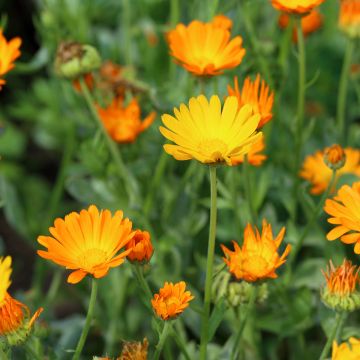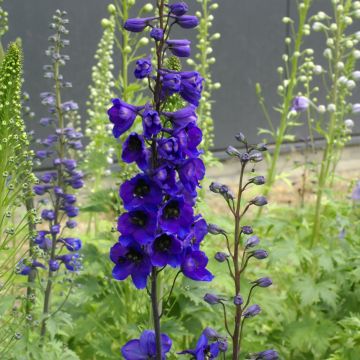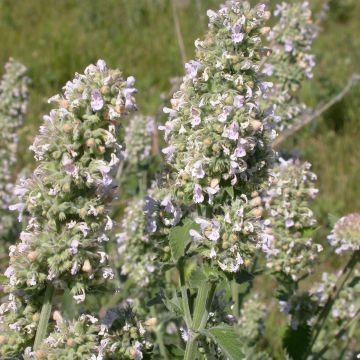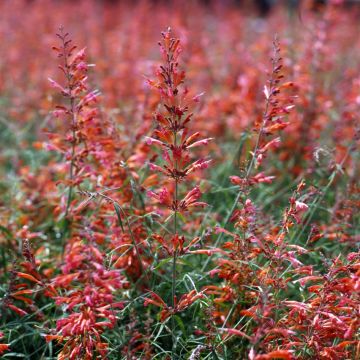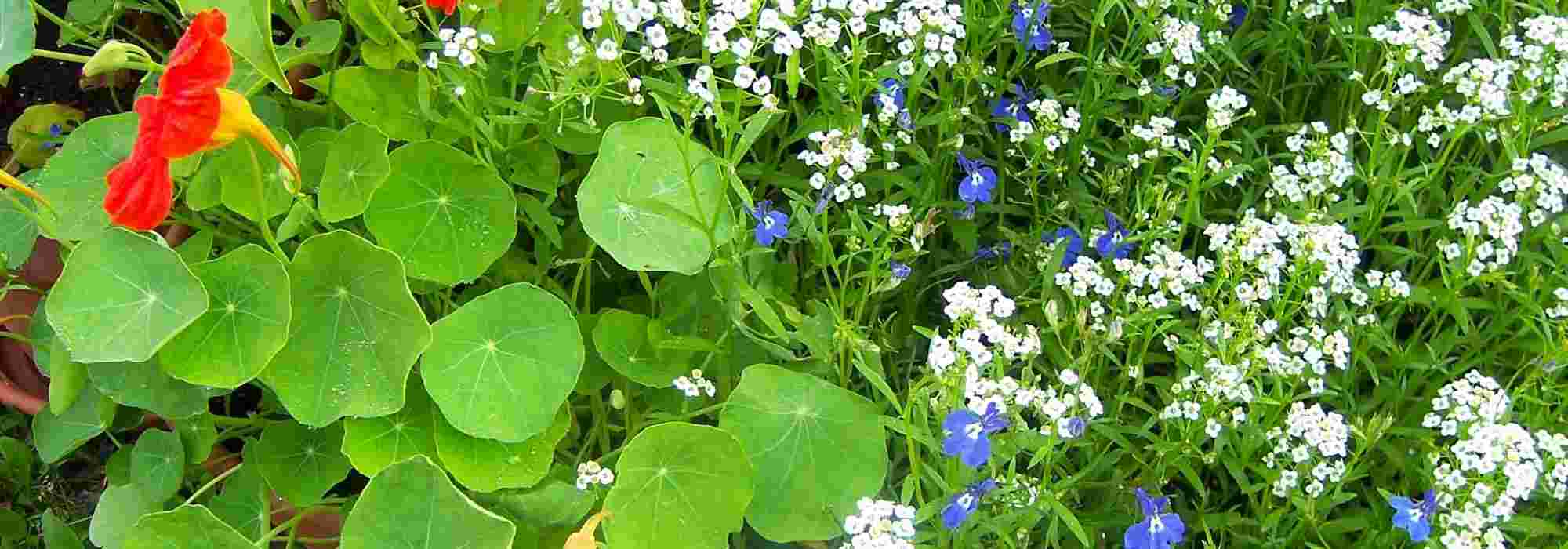

Scleranthus biflorus


Scleranthus biflorus
Scleranthus biflorus
Scleranthus biflorus
Scleranthus biflorus
Special offer!
Receive a €20 voucher for any order over €90 (excluding delivery costs, credit notes, and plastic-free options)!
1- Add your favorite plants to your cart.
2- Once you have reached €90, confirm your order (you can even choose the delivery date!).
3- As soon as your order is shipped, you will receive an email containing your voucher code, valid for 3 months (90 days).
Your voucher is unique and can only be used once, for any order with a minimum value of €20, excluding delivery costs.
Can be combined with other current offers, non-divisible and non-refundable.
Why not try an alternative variety in stock?
View all →This plant carries a 6 months recovery warranty
More information
We guarantee the quality of our plants for a full growing cycle, and will replace at our expense any plant that fails to recover under normal climatic and planting conditions.
Does this plant fit my garden?
Set up your Plantfit profile →
Description
Adapting to the smallest reliefs of the rockery, Scleranthus biflorus, also known as Canberra Grass or Knawel, forms small evergreen mounds that slowly spread into vibrant green carpets. Native to the mountains of Australia and New Zealand, capable of surviving 6 months under a blanket of snow, this alpine perennial blooms in early summer with tiny yellow-green flowers. This plant forms a precious setting for spring-flowering bulbs and creeps between the stones of walls, in cool, well-drained soil.
Scleranthus biflorus is a relative of the carnation, belonging to the same family as the Caryophyllaceae. This montane perennial forms persistent cushions that do not exceed 15cm (6in) in height, but can form 60cm (24in) diameter mats after 5 years, conforming to all reliefs. It bears many small narrow and tough leaves of a beautiful spring green, resembling a carpet of moss. The flowering takes place in early summer, in May-June, in the form of tiny two-pointed yellow-green flowers. Under favourable growing conditions, this plant can live for years.
Its vibrant green cushion-like appearance makes Canberra Grass a popular plant in Japanese gardens, alpine rockeries, flower beds, pots, and borders. It is often associated with spring-flowering bulbs, as it fills empty spaces once their flowering is completed. This relatively easy-to-grow plant is decorative with its unique and characteristic moss-like appearance, and is remarkable as a ground cover.
This perennial owes its name, Scleranthus, to its tough and resistant calyx that tends to persist on the plant.
Report an error about the product description
Scleranthus biflorus in pictures


Flowering
Foliage
Plant habit
Botanical data
Scleranthus
biflorus
Caryophyllaceae
Scleranthus biflorus
Oceania
Other Thompson and Morgan seeds
View all →Planting and care
Sowing:
Sow Scleranthus seeds on the surface of a light and moist compost, in pots or trays. Do not cover the seeds. Keep the sowing at a constant temperature between 15 and 20 ° C. After sowing, do not exclude light as it helps with germination. Keep the surface of the substrate moist but not waterlogged; germination can take 1 to 3 months.
When the young plants are sufficiently developed, transplant them into 7.5cm (3in) pots or trays. Gradually acclimatize the young plants to outdoor conditions for 10-15 days before planting them out, after the last frosts, spacing them 30 to 45cm (12 to 18in) apart.
Cultivation:
Scleranthus plants require full sun, shade at midday, as well as a perfectly drained rocky soil, remaining cool in summer. These plants are sensitive to winter humidity and require protection against prolonged frost.
Sowing period
Intended location
Planting & care advice
This item has not been reviewed yet - be the first to leave a review about it.
Haven't found what you were looking for?
Hardiness is the lowest winter temperature a plant can endure without suffering serious damage or even dying. However, hardiness is affected by location (a sheltered area, such as a patio), protection (winter cover) and soil type (hardiness is improved by well-drained soil).

Photo Sharing Terms & Conditions
In order to encourage gardeners to interact and share their experiences, Promesse de fleurs offers various media enabling content to be uploaded onto its Site - in particular via the ‘Photo sharing’ module.
The User agrees to refrain from:
- Posting any content that is illegal, prejudicial, insulting, racist, inciteful to hatred, revisionist, contrary to public decency, that infringes on privacy or on the privacy rights of third parties, in particular the publicity rights of persons and goods, intellectual property rights, or the right to privacy.
- Submitting content on behalf of a third party;
- Impersonate the identity of a third party and/or publish any personal information about a third party;
In general, the User undertakes to refrain from any unethical behaviour.
All Content (in particular text, comments, files, images, photos, videos, creative works, etc.), which may be subject to property or intellectual property rights, image or other private rights, shall remain the property of the User, subject to the limited rights granted by the terms of the licence granted by Promesse de fleurs as stated below. Users are at liberty to publish or not to publish such Content on the Site, notably via the ‘Photo Sharing’ facility, and accept that this Content shall be made public and freely accessible, notably on the Internet.
Users further acknowledge, undertake to have ,and guarantee that they hold all necessary rights and permissions to publish such material on the Site, in particular with regard to the legislation in force pertaining to any privacy, property, intellectual property, image, or contractual rights, or rights of any other nature. By publishing such Content on the Site, Users acknowledge accepting full liability as publishers of the Content within the meaning of the law, and grant Promesse de fleurs, free of charge, an inclusive, worldwide licence for the said Content for the entire duration of its publication, including all reproduction, representation, up/downloading, displaying, performing, transmission, and storage rights.
Users also grant permission for their name to be linked to the Content and accept that this link may not always be made available.
By engaging in posting material, Users consent to their Content becoming automatically accessible on the Internet, in particular on other sites and/or blogs and/or web pages of the Promesse de fleurs site, including in particular social pages and the Promesse de fleurs catalogue.
Users may secure the removal of entrusted content free of charge by issuing a simple request via our contact form.
The flowering period indicated on our website applies to countries and regions located in USDA zone 8 (France, the United Kingdom, Ireland, the Netherlands, etc.)
It will vary according to where you live:
- In zones 9 to 10 (Italy, Spain, Greece, etc.), flowering will occur about 2 to 4 weeks earlier.
- In zones 6 to 7 (Germany, Poland, Slovenia, and lower mountainous regions), flowering will be delayed by 2 to 3 weeks.
- In zone 5 (Central Europe, Scandinavia), blooming will be delayed by 3 to 5 weeks.
In temperate climates, pruning of spring-flowering shrubs (forsythia, spireas, etc.) should be done just after flowering.
Pruning of summer-flowering shrubs (Indian Lilac, Perovskia, etc.) can be done in winter or spring.
In cold regions as well as with frost-sensitive plants, avoid pruning too early when severe frosts may still occur.
The planting period indicated on our website applies to countries and regions located in USDA zone 8 (France, United Kingdom, Ireland, Netherlands).
It will vary according to where you live:
- In Mediterranean zones (Marseille, Madrid, Milan, etc.), autumn and winter are the best planting periods.
- In continental zones (Strasbourg, Munich, Vienna, etc.), delay planting by 2 to 3 weeks in spring and bring it forward by 2 to 4 weeks in autumn.
- In mountainous regions (the Alps, Pyrenees, Carpathians, etc.), it is best to plant in late spring (May-June) or late summer (August-September).
The harvesting period indicated on our website applies to countries and regions in USDA zone 8 (France, England, Ireland, the Netherlands).
In colder areas (Scandinavia, Poland, Austria...) fruit and vegetable harvests are likely to be delayed by 3-4 weeks.
In warmer areas (Italy, Spain, Greece, etc.), harvesting will probably take place earlier, depending on weather conditions.
The sowing periods indicated on our website apply to countries and regions within USDA Zone 8 (France, UK, Ireland, Netherlands).
In colder areas (Scandinavia, Poland, Austria...), delay any outdoor sowing by 3-4 weeks, or sow under glass.
In warmer climes (Italy, Spain, Greece, etc.), bring outdoor sowing forward by a few weeks.








































